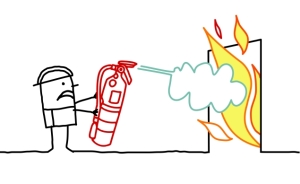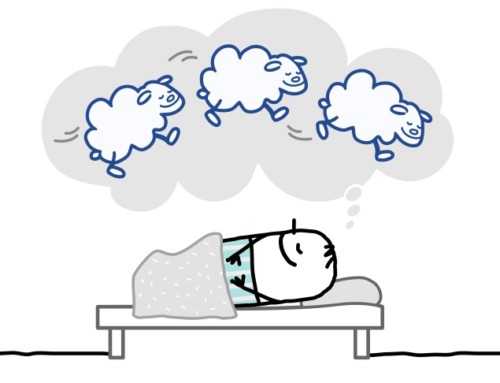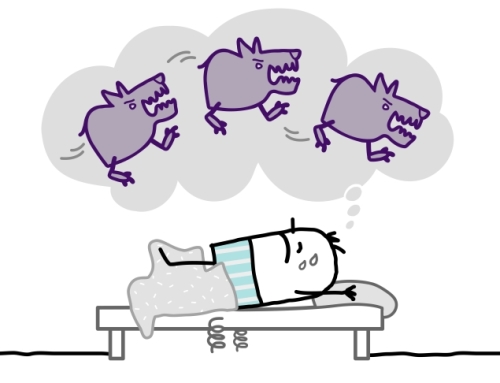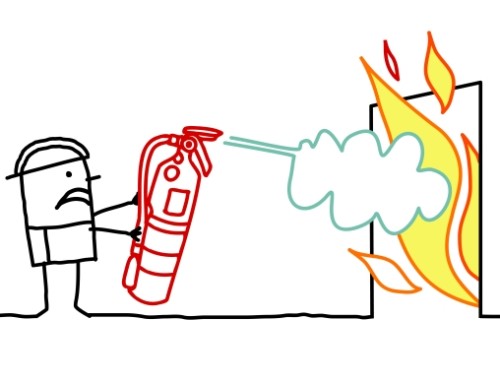In this article, I discuss how to deal with reminders of traumatic events which produce strong emotional reactions.
In my work as a Calgary psychologist and a Cochrane psychologist, I have had many clients suffering from post-traumatic stress disorder (PTSD). People with PTSD have had exposure to one or more traumatic events leading to lasting negative emotional effects which significantly interfere with their lives. One of the most difficult PTSD symptoms to cope with is unexpectedly encountering reminders of the traumatic event which ‘trigger’ a strong and unpleasant emotional reaction. This emotional response is often comprised of intense anxiety accompanied by strong physical arousal and negative thoughts.
When using cognitive behavioural therapy (CBT) to help my clients address their PTSD symptoms in trauma counselling, I give them a two-step process to deal with triggers. The first step involves giving them skills to cope with triggers when they arise. The second step entails getting clients to do work in and out of the therapy office to help them decrease the frequency of getting triggered. In the following sections, I will discuss each of these steps.
Step 1: Calm yourself in response to triggers
The first step in dealing with getting triggered involves calming yourself when it happens. One way to do this is by learning and practicing ‘grounding’ exercises. These include physical relaxation exercises such as controlled breathing and engaging in activities which take your focus off thoughts of the traumatic event. In doing so, you remind yourself, “That was then. This is now”.
One such activity, called ‘5-4-3-2-1’, entails focusing on stimuli in your immediate environment—first focusing on five things you see, then five things you hear and finally five things you feel. This process is repeated with a focus on four stimuli of each type, then three of each type, etc.
Calming yourself in response to triggers is enhanced by being able to predict when triggers will occur. This takes away the extra distress associated with having the triggers come at you ‘out of the blue’ and the ‘walking on eggshells’ feeling you have wondering when the next time will be that you get triggered. If triggers become predictable, you can anticipate them and prepare to use your grounding exercises when you encounter them. Fortunately, triggers occur in situations which are predictable. A skilled therapist can help you to identify these situations.

Step 2: Decrease the frequency of getting triggered
Once you have confidence that you can calm yourself in response to triggers you encounter, the next step is to decrease the frequency of getting triggered. You can do this by deliberately exposing yourself to reminders of the traumatic event in a gradual and consistent manner.
This exposure is of two types: (1) in-vivo or real-life exposure to situations, people, objects and other stimuli which remind you of the traumatic event; and (2) imaginal exposure to memories of the traumatic event. Doing these two kinds of exposure regularly and for a sufficient duration each time you do it helps to decrease the frequency of getting triggered.
This occurs because of two key benefits which come with repeated and prolonged exposure: (1) desensitization (also called habituation)—more exposure leads to less of an emotional reaction in response to reminders of the traumatic event; and (2) inhibitory learning—you learn through repeated and prolonged exposure that you can function effectively when you are exposed to reminders of the traumatic event. This exposure work should be done under the direction of a skilled therapist.
Once you have done enough deliberate exposure to reminders of the traumatic event, you will notice yourself not needing to use your grounding exercises as much. The reason is that deliberately exposing yourself to triggers lessens the likelihood of your being unexpectedly triggered.
May you deal with triggers in an effective manner,
-Dr. Pat





Thank you for this advice. I’m exhausted from not coping well with my reactions to so many triggers. I have seen a psychologist but that person didn’t give me these two tools that you have listed.
Unfortunately I live in Toronto. If you happen to know of someone who I could work with regarding what you stated I’d be very grateful.
Thank you for your comments on the article, I’m glad you found the ideas helpful. Here is a link to the contact information of several psychologists in Toronto who are certified in cognitive behavioral therapy and who specialize in post-traumatic stress disorder:
https://cacbt.ca/en/certification/find-a-certified-therapist/
Any of these psychologists should be able to help you implement the ideas you mentioned.